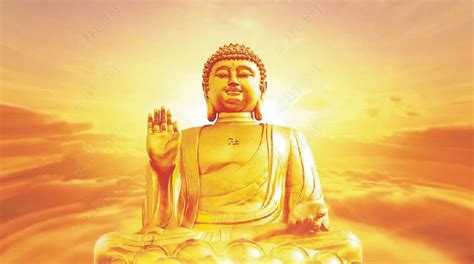From Secular to Sacred: A Monk's Transformation
The path from a bustling secular life to the quiet contemplation of a monastic existence is rarely straightforward. It's a journey of profound self-discovery, a stripping away of the superficial to reveal the core of one's being. This article explores the multifaceted transformation a monk undergoes, drawing upon historical accounts, anthropological studies, and the personal narratives of those who have walked this path. We'll delve into the motivations behind such a drastic life change, the challenges faced during the transition, and the ultimate rewards found in a life dedicated to spiritual practice.
What Motivates a Secular Person to Become a Monk?
The reasons for embracing monastic life are as varied as the individuals themselves. Some are driven by a profound spiritual awakening, a moment of clarity where the emptiness of worldly pursuits becomes starkly apparent. Others find solace in the structured routine and spiritual discipline that monastic life offers, providing a refuge from the anxieties and uncertainties of modern life. Many are searching for a deeper meaning and purpose, a yearning to connect with something greater than themselves.
H2: Is it a Midlife Crisis or a Spiritual Awakening?
This question often arises when considering such a significant life change. While a midlife crisis might involve superficial alterations, a genuine calling to monastic life stems from a deeper, more profound shift in values and priorities. It's not about escaping responsibility; it's about embracing a different kind of responsibility – a responsibility to oneself, to one's spiritual growth, and to a higher power. The desire for self-discovery, spiritual growth, and service to a community often supersedes the allure of material possessions or social status.
H2: What are the Typical Challenges Faced During the Transition?
The transition from a secular to a sacred life is rarely easy. It often involves significant personal sacrifices, including severing ties with loved ones, relinquishing material possessions, and adapting to a vastly different lifestyle.
H2: How Does Monastic Life Change a Person's Perspective?
The daily rituals, the focus on meditation and prayer, and the communal living of monastic life fundamentally alter one's perspective. The emphasis on simplicity and mindfulness fosters a deeper appreciation for the present moment, reducing the preoccupation with the past and future. The focus shifts from external validation to internal peace and contentment. This altered perspective leads to increased self-awareness, empathy, and compassion.
H2: What are the Benefits of Embracing a Monastic Lifestyle?
While the challenges are significant, the potential rewards are equally profound. Monastic life offers a structured path towards spiritual growth, fostering inner peace, clarity, and a sense of purpose. The close-knit community provides support and companionship, mitigating the feelings of isolation that can arise from such a significant life change. Furthermore, the focus on service and compassion allows individuals to contribute meaningfully to the world.
H2: What Does a Typical Day Look Like for a Monk?
A typical day for a monk varies depending on the specific monastic order and tradition. However, common elements include: early morning prayer, meditation sessions, manual labor (such as gardening or maintaining the monastery), communal meals, and periods of personal study and reflection. The structure and routine provide a sense of stability and purpose, allowing individuals to focus on their spiritual growth without the distractions of worldly concerns.
H2: Is Monastic Life for Everyone?
The answer is a resounding no. Monastic life demands significant self-discipline, commitment, and a genuine desire for spiritual growth. It's not a path to be taken lightly. It requires introspection, honesty, and a willingness to embrace a life of simplicity and service.
Conclusion:
The transformation from secular to sacred life is a deeply personal and challenging journey. It’s a process of stripping away the layers of self, revealing a core of strength, resilience, and a profound connection to something greater than oneself. While the path is not for everyone, the stories of those who have embraced this life offer a testament to the enduring human need for spiritual fulfillment and the transformative power of devotion.

